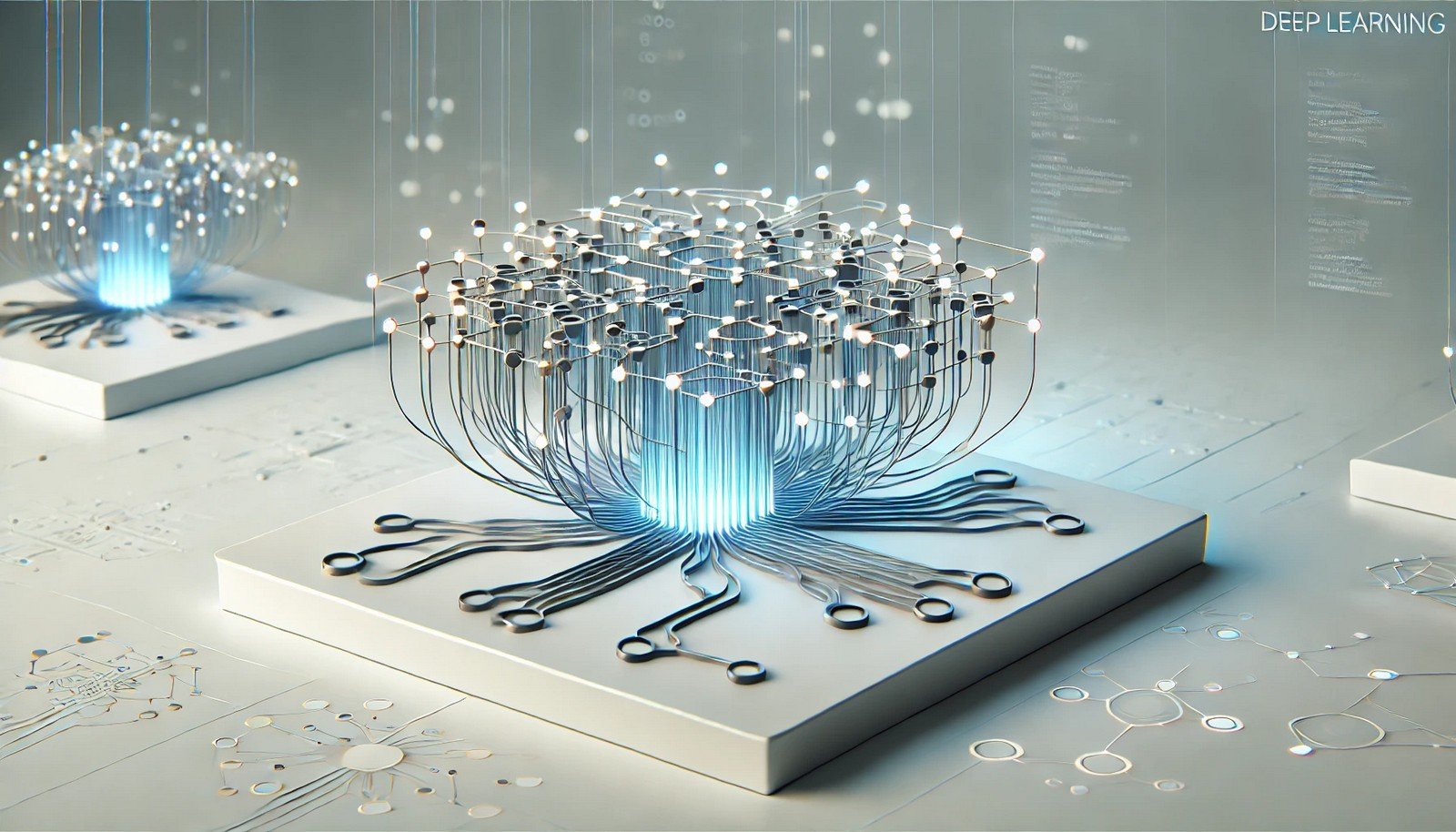Training Deep Models

Quick Navigation:
- Training Deep Models Definition
- Training Deep Models Explained Easy
- Training Deep Models Origin
- Training Deep Models Etymology
- Training Deep Models Usage Trends
- Training Deep Models Usage
- Training Deep Models Examples in Context
- Training Deep Models FAQ
- Training Deep Models Related Words
Training Deep Models Definition
Training deep models involves teaching complex neural networks to perform specific tasks by feeding them large datasets and iteratively adjusting their internal parameters to improve accuracy. This process, also known as deep learning, is critical in areas like natural language processing, image recognition, and autonomous driving. Training involves techniques like gradient descent, backpropagation, and using massive amounts of labeled data to ensure the model learns accurately.
Training Deep Models Explained Easy
Imagine teaching a robot to recognize pictures. First, you show it a lot of photos with labels like "cat" or "car," and it guesses what it sees. Every time it guesses wrong, you give it hints to get better. Over time, it learns to recognize what’s in each picture without help. Training deep models is similar – they learn by seeing examples over and over, getting better each time.
Training Deep Models Origin
The concept of training deep models is relatively recent, stemming from advancements in neural network research and computing power over the last few decades. Initial breakthroughs in the 1980s laid the groundwork, but it wasn’t until the 2000s, with enhanced computing resources, that deep models became feasible to train at large scales.
Training Deep Models Etymology
The term “deep” in deep models refers to the multiple layers of processing units (neurons) in the network, stacked to enable complex learning. Each “layer” processes data differently, making the model capable of understanding intricate patterns.
Training Deep Models Usage Trends
The popularity of training deep models has surged with advancements in computing hardware, especially graphics processing units (GPUs), and the abundance of data. From language models to image processing, these models are now embedded in applications across healthcare, finance, entertainment, and self-driving technologies. The trend toward larger models, such as those used in AI, showcases the demand for deep models in research and industry.
Training Deep Models Usage
- Formal/Technical Tagging:
- Machine Learning
- Deep Learning
- Data Science
- Model Optimization - Typical Collocations:
- “training deep neural networks”
- “fine-tuning a deep model”
- “deep model accuracy”
- “model training process”
Training Deep Models Examples in Context
- Training a deep model can help a chatbot understand human language better by recognizing patterns in phrases.
- Autonomous cars rely on deep model training to recognize pedestrians, road signs, and other vehicles on the road.
- Deep models trained on large datasets allow social media platforms to recommend content based on user preferences.
Training Deep Models FAQ
- What does training a deep model mean?
It involves teaching a neural network to understand and perform specific tasks by adjusting its internal parameters using large datasets. - Why are deep models popular now?
Improvements in computing power and data availability have made training deep models feasible and effective for complex tasks. - What is backpropagation in deep model training?
It’s a technique to adjust the model’s parameters by minimizing errors in its predictions. - How long does it take to train a deep model?
Training times vary widely, from hours to weeks, depending on the model’s size and dataset. - Can deep models learn without labeled data?
While supervised training needs labeled data, unsupervised learning and self-supervised learning can train without it. - What role do GPUs play in training deep models?
GPUs accelerate training by handling multiple computations simultaneously, making deep learning faster. - Are deep models always accurate?
Not always. They can sometimes “overfit” to the training data or make errors in complex real-world situations. - How does training differ for different tasks?
The model architecture and dataset vary based on the task, such as language processing or image recognition. - What challenges are associated with training deep models?
Challenges include computational expense, data availability, and the risk of overfitting. - Why is data so crucial in training deep models?
Data provides the examples that guide the model’s learning, helping it make accurate predictions.
Training Deep Models Related Words
- Categories/Topics:
- Neural Networks
- Artificial Intelligence
- Data Processing
- Machine Learning
Did you know?
Training deep models can require billions of parameters, and some of the most complex models take weeks to train on powerful hardware. For instance, training large-scale language models involves computing power equivalent to thousands of standard computers.
PicDictionary.com is an online dictionary in pictures. If you have questions or suggestions, please reach out to us on WhatsApp or Twitter.Authors | Arjun Vishnu | @ArjunAndVishnu

I am Vishnu. I like AI, Linux, Single Board Computers, and Cloud Computing. I create the web & video content, and I also write for popular websites.
My younger brother, Arjun handles image & video editing. Together, we run a YouTube Channel that's focused on reviewing gadgets and explaining technology.



Comments powered by CComment